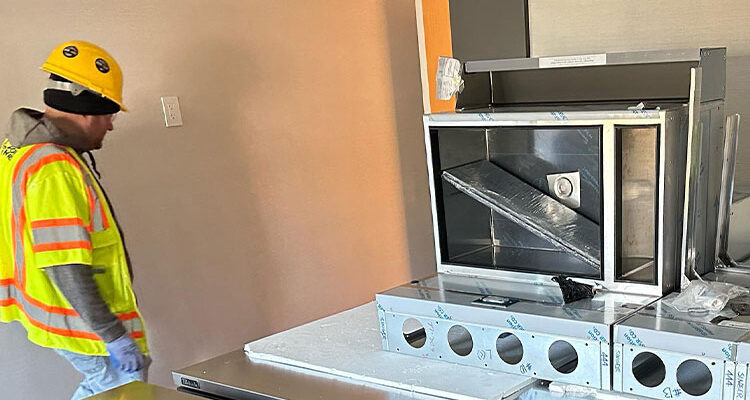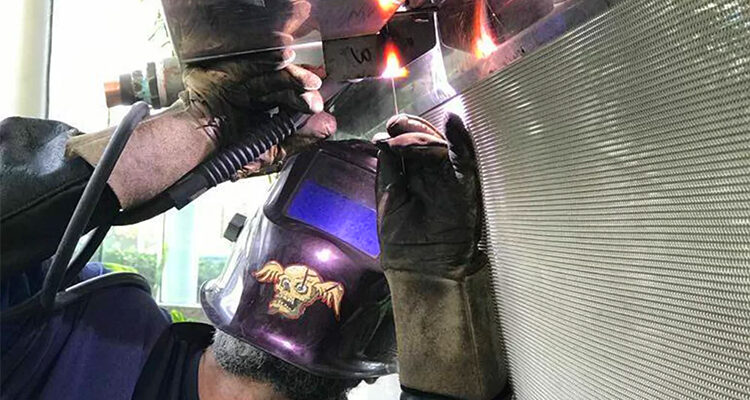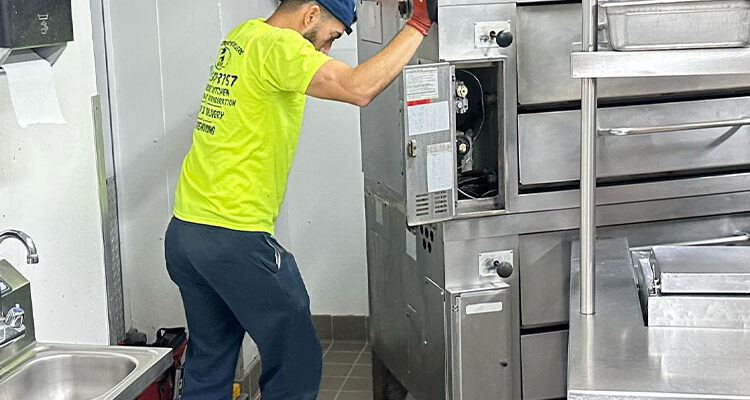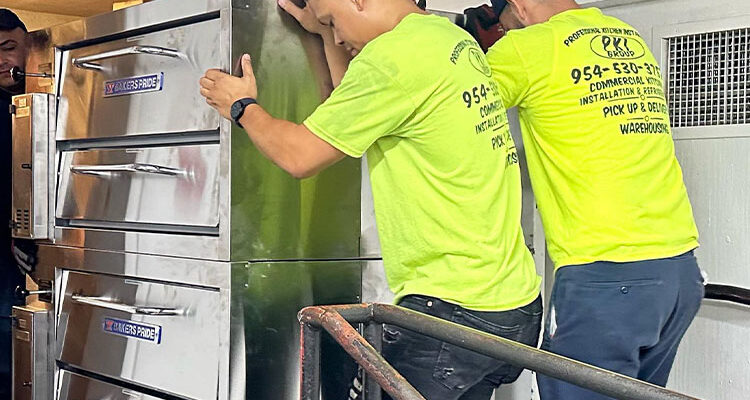In the bustling world of hospitality, where culinary creativity meets operational efficiency, the backbone of every successful venture lies in its kitchen. Commercial kitchen installations stand as the cornerstone, blending functionality with innovation to create spaces where culinary dreams come alive. Let’s delve into the art of crafting efficiency within these dynamic environments.
Design Elegance:
A well-designed commercial kitchen is more than just a space for cooking; it’s a symphony of ergonomics, safety, and productivity. Every inch is meticulously planned to optimize workflow and minimize downtime. From the placement of equipment to the flow of staff, each element contributes to the seamless orchestration of culinary endeavors.
Technology Integration:
Embracing cutting-edge technology is pivotal in modern commercial kitchen installations. Smart appliances, energy-efficient systems, and automated processes not only enhance productivity but also reduce operational costs. Integrating IoT devices for inventory management or utilizing energy-efficient cooking equipment exemplifies the fusion of innovation and sustainability.
Safety First:
Safety is paramount in any kitchen environment, especially in commercial settings where high-volume production is the norm. Thoughtful design considerations such as proper ventilation, fire suppression systems, and non-slip flooring ensure a secure working environment for staff. Adherence to health and safety regulations is not just a legal obligation but a moral imperative.
Flexibility and Adaptability:
The ability to adapt to changing needs and trends is crucial for the longevity of a commercial kitchen. Installations should be designed with flexibility in mind, allowing for seamless modifications as menu offerings evolve or operational requirements shift. Modular equipment layouts and versatile workspace configurations empower businesses to stay agile in a dynamic market landscape.
Aesthetic Appeal:
While functionality takes precedence, aesthetics play a significant role in enhancing the overall dining experience. A well-designed kitchen inspires confidence in patrons, reflecting professionalism and attention to detail. Thoughtful lighting, stylish finishes, and cohesive design elements contribute to creating an inviting ambiance that complements the culinary journey.
The PKI Group – Efficiency in Commercial Kitchen
Commercial kitchen installations are more than just utilitarian spaces; they are the beating heart of culinary excellence and operational efficiency. By embracing thoughtful design, integrating advanced technology, prioritizing safety, fostering flexibility, and elevating aesthetics, these installations pave the way for culinary success. Call The PKI Group at 954-530-3757




